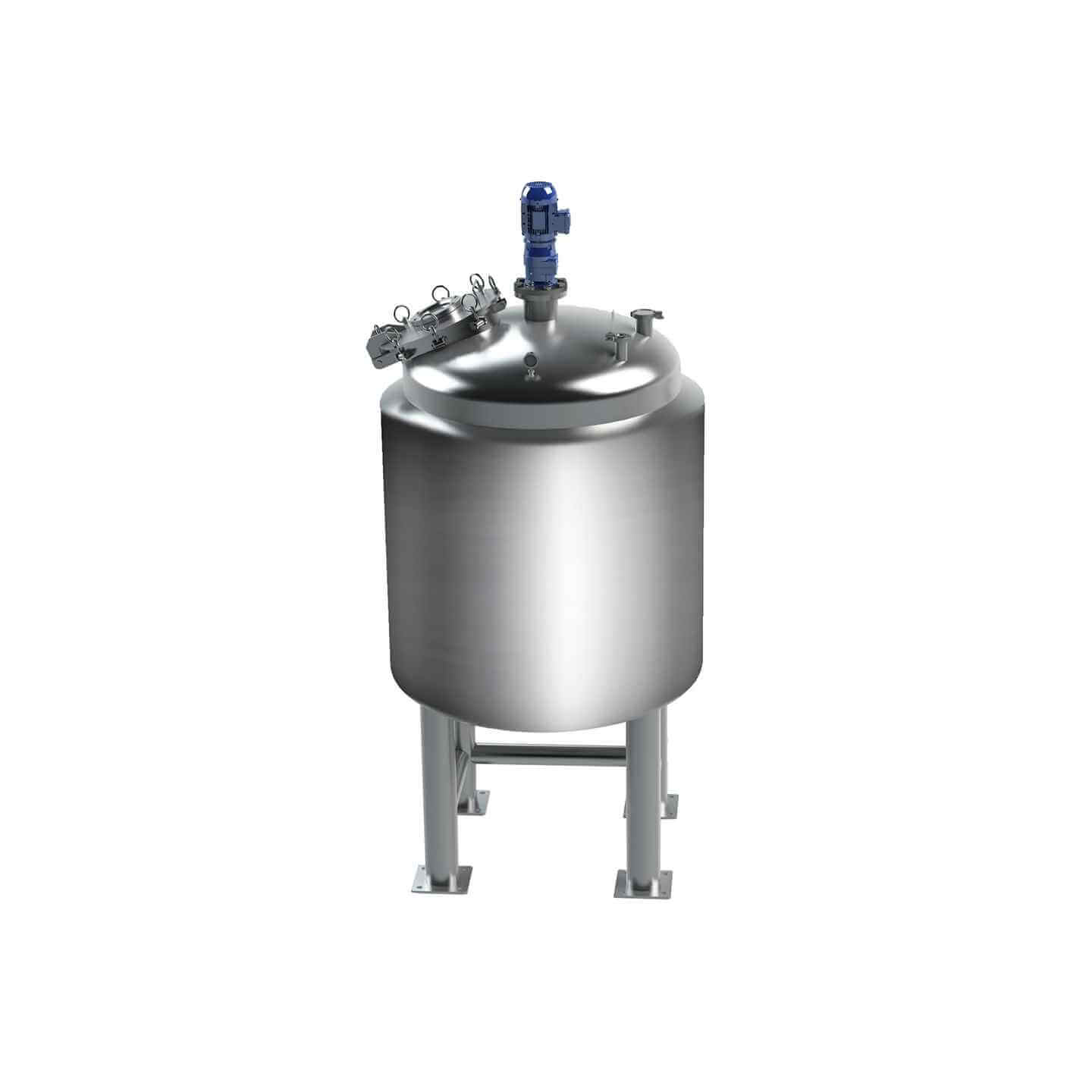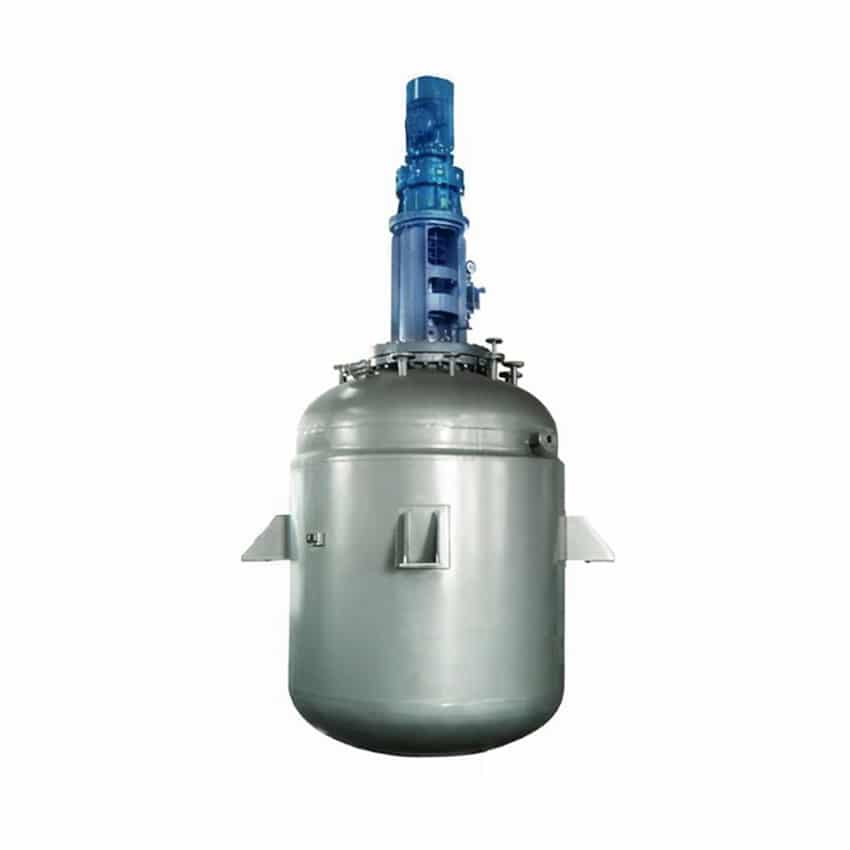


Jacketed Reactor
Jacketed reactor: used in the chemical industry, pharmaceutical industry and food industry, and other fields
Material
glass, stainless steel (316, 304), carbon steel, others
Capacity (L)
10-10000+
Mixing system
anchor, paddle, frame and others
Heating system
electric heating, oil heating and others
Jacketed reactors can be divided into steam heating reactors and heat transfer oil heating reactors according to different heating media, both of which are widely used in medicine, the chemical industry, plastics, rubber, building materials, food, and other industries. Corrosion, no environmental pollution, no need for automatic boiler heating, ease to use, and so on.
Request a quoteWith the continuous development of the economy, glass-jacketed reactors are widely used in laboratory instrument testing, media, and trial production and production. Although it is widely used, many users do not understand the precautions and common faults during its operation, thus causing losses.

Operation process of glass jacketed reactor
1.Operators and maintenance personnel of glass-jacketed reactors should remove watches, rings, and other hard objects during operation or maintenance to avoid damaging the glass components. Especially when the diamond ring slightly touches the glass parts, it will cause damage to the glass-jacketed reactor.
2.Strictly abide by the regulations on feeding and discharging materials in the product instruction manual, and do a good job in the maintenance and upkeep of the equipment;
3.The electrical control instruments should be operated by dedicated personnel, and overload protection facilities should be installed in accordance with regulations.
4.When using all valves of the glass-jacketed reactor, the valve stem should be rotated slowly and the valve cover should be pressed tightly to achieve a sealing effect. It is not easy to use excessive force when closing to avoid damaging the sealing surface;
5.When using, you should strictly follow the working pressure and working temperature marked on the product nameplate to avoid danger. The glass-jacketed reactor can only perform normal pressure and vacuum reactions, but cannot perform high-pressure reactions. The temperature range of the reactor is -60~230℃.
Common faults of glass jacketed reactor
1.The vacuum hose is aging: the vacuum hose needs to be replaced.
2.Turn on the power switch and the indicator light does not light up: the external power supply is not connected or has poor contact. A professional electrician needs to check the power supply and socket;
3.The power indicator light is on but does not rotate: the rotating shaft is rusty and should be stopped contact the supplier in time.
4.There is a vacuum, but the vacuum degree cannot reach the maximum value: the sealing ring is worn and the vacuum switch connection is leaking. Please replace the sealing ring and switch;
5.The vacuum suddenly disappears: the glass is broken and the switch is damaged. Check the glass parts and replace the switch;
6.The fuse is short-circuited: turn the power switch to the OFF position, and then replace the fuse;
Debugging of glass-jacketed reactor
1.The glass-jacketed reactor should be installed on a solid, flat workbench. The degree of the workbench is determined according to its purpose. A certain amount of space must be left around the equipment and workbench to facilitate installation and subsequent maintenance.
2.When installing the glass jacketed reactor, the transmission shaft is required to be vertical to the ground, and the non-vertical inclination should not be greater than 1/1000 of the total length of the equipment.
3.The spare parts and safety valves of the glass-jacketed reactor equipment connected to each process must be equipped according to the requirements of the reactor.
4.After the glass-jacketed reactor is installed, the firmness and reliability of each connection and transmission component should be checked. All connecting pipes, nozzles, seals, and the entire machine should be tested for air tightness to ensure there are no bubbles, bubbling, dripping, or leaking.
5.Before starting the glass jacketed reactor, mechanical oil should be injected into the reducer, the motor protective cover, turn the fan blades by hand, and check whether there is any jamming and whether the stirring paddle scrapes the wall. After cleaning the dirt inside the kettle, you can turn it on. After the empty car runs for 30 minutes without major continuous noise or vibration, it can be officially put into production.




